Auricularia auricula polysaccharides (黑木耳多糖(AAP)因其独特的结构和生理活性而在医学和保健领域得到了广泛的研究。许多种类黑木耳多糖已通过不同的方法提取、分离和纯化,并对其结构进行了分析。黑木耳多糖已被证明对人体有益,包括减缓衰老过程、控制肠道系统和治疗心血管疾病。本文介绍了AAP的提取、分离和纯化黑木耳以及医学和医疗保健领域的研究,都指出了这些方法的缺点和局限性。我们还提出了未来的研究方向黑木耳多糖;必须确认标准化的加工方法,并且商业应用需要官方批准的AAP。最后,对AAP) have been widely studied in the field of medicine and healthcare because of their unique structure and physiological activity. Many species of Auricularia auricula polysaccharides have been extracted, isolated, and purified by different methods, and their structures have been analyzed. Auricularia auricula polysaccharides have been proven to have beneficial effects on the human body, including slowing the aging process, controlling the intestinal system, and treating cardiovascular disorders.的发展给出了乐观的展望。
- Auricularia auricula
- polysaccharide
- extraction technology
1. Introduction简介
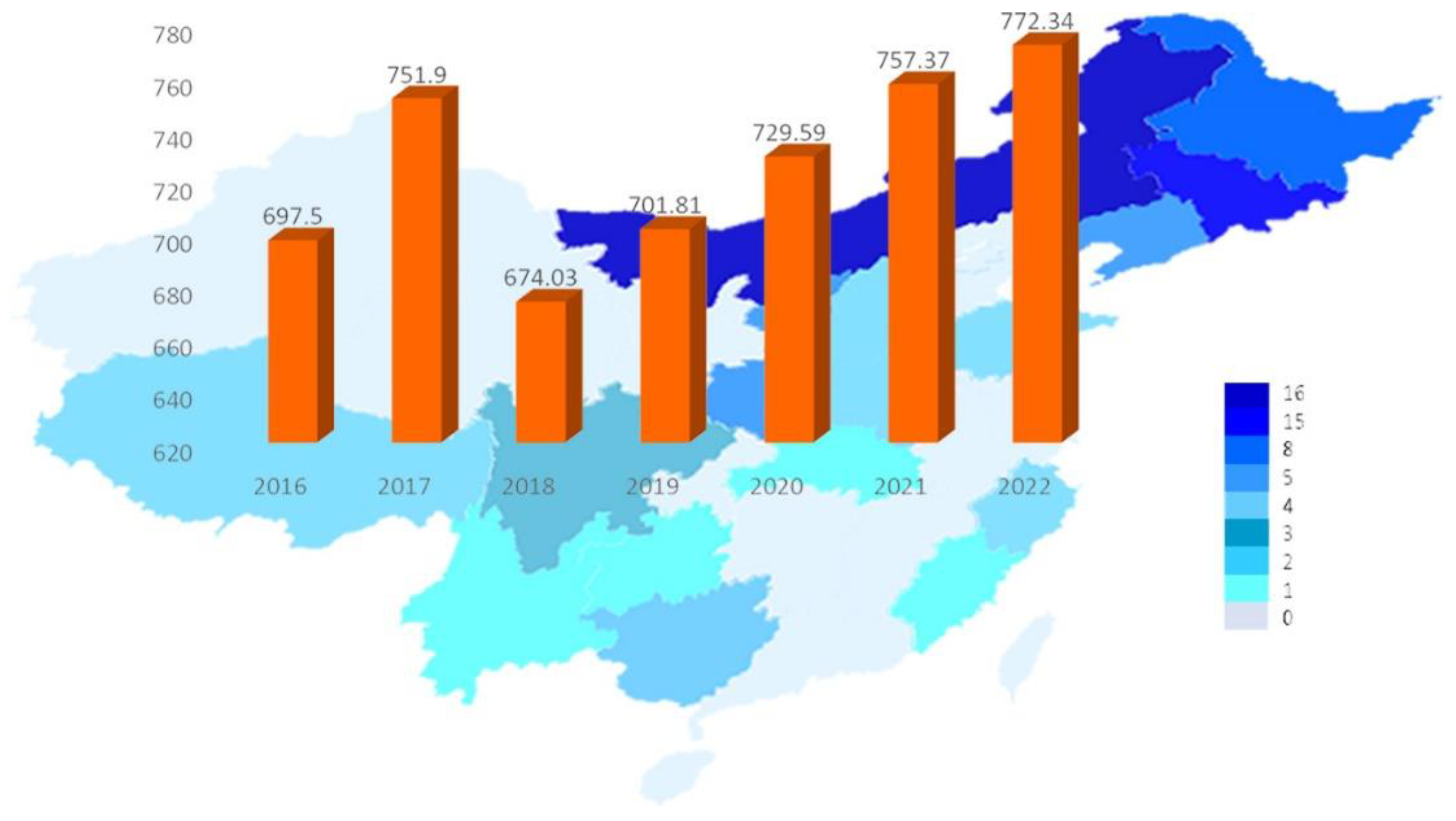
Figure
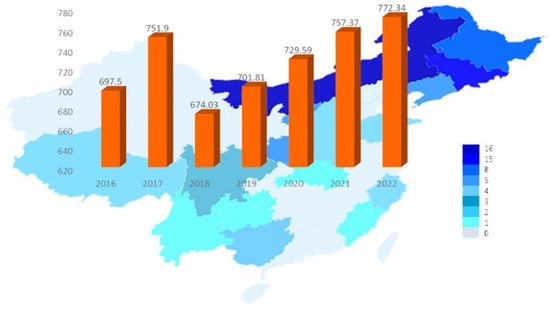
Production and forecast of Auricularia auricula in China from 2016–2022.
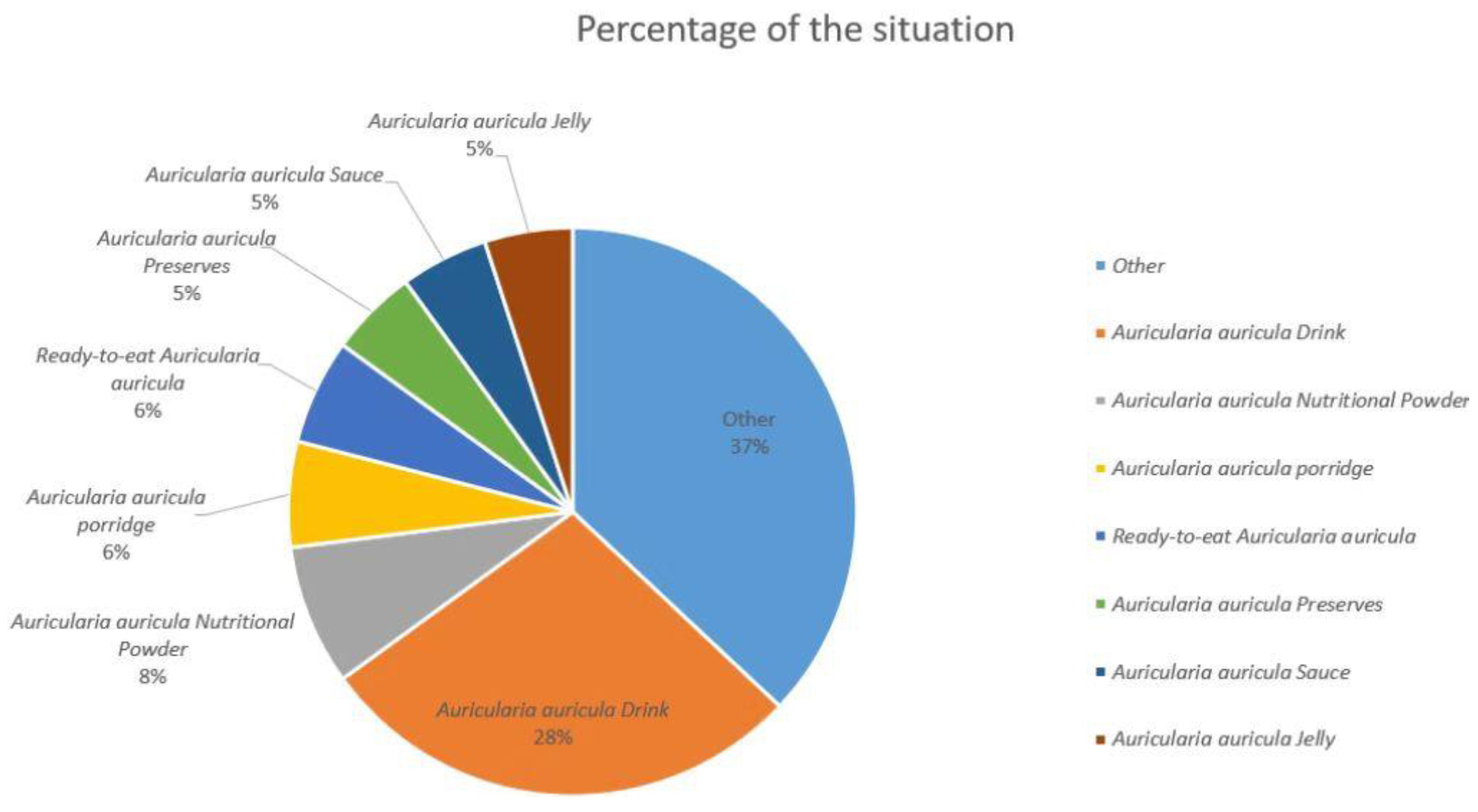
Figure

The proportion of commodity types in the Auricularia auricula market.
The demand for polysaccharides as nutritional and functional components of Auricularia auricula is growing, and the market is expanding [26][27]. Many high-value (2. Pretreatment of Auricularia auricula and Extraction Technology分离纯化
Pretreatment is the initial ste多糖纯化的意义在于去除小分子,如色素和无机盐。目前,分离方法包括色谱和透析。纯化方法可以根据分子量和中等酸度的标准对多糖进行分类。由于其生物活性和无毒或低毒特性,食品来源的天然多糖在食品、化妆品、生物材料等领域越来越受欢迎[37,38,39,40,41,42]。纯化还可以进行可用、安全和可重复的多糖研究[43]。纯化方法的选择取决于多糖的性质,并受制造工艺的影响。在原料预处理过程中未完全去除的杂质(淀粉、脂质和色素)可能在随后的多糖提取过程中与多糖混合。此外,最近的研究表明,不同的提取条件,如p before extracting polysaccharides from fungi. Its major objective is to eliminate undesired components while retaining polysaccharides. Auricularia auricula must be pretreated to obtain pure products. The protein and ash are frequently removed while treating Auricularia auricula. The related pretreatments of Auricularia auricula are provided in Table 1. The yields and physiological activities of polysaccharides obtained from different regions of the fungus using different extraction methods and different drying methods are very different.| Origin | Extraction Method | Time (min) | Solid-Liquid Ratio | Temperature (°C) | Other Conditions | Yield (%) | References |
|---|---|---|---|---|---|---|---|
| Jinlin County, Jilin Province | Ultrasonic Assist | 40 | 1:70 | 70 °C | Particle size of 150–200 mesh | 29.29 ± 1.41% | [28] |
| Qingchuan County, Sichuan Province | MAE | 25 | 1:25 | 95 °C | Microwave power of 860 W, pH 7.0 | 10.52% | [29] |
| Jiaohe County, Jilin Province | Pulsed Electric Field | 1.5 | 1:30 | Room temperature | HIPEF strength at 24 kV/cm, pulse number at 6, pH 8 | 14.79% | [30][31] |
| Jinan | PEG-based ultrasound-assisted | 32.44 | 1:39.27 | 91.948 °C | PEG concentration of 0.30 g/mL | 21.58% | [32] |
| Greater Khingan Mountains, Helongjiang | Neutral protease | / | 1:75 | 50 °C | E/S at 8% | 12.96% | [13] |
| Greater Khingan Mountains, Heilongjiang Province | Ultrasonic Assist Alkali method | 90 | 1:48 | 70 °C | 2.0% of NaOH concentration | 15.53% | [33] |
| Greater Khingan Mountains, Heilongjiang Province | Mannanase, β-dextranase, and cellulase | 60 | 1:80 | 83.17 °C | pH at 2.1 | 26.42% ± 0.87% | [34] |
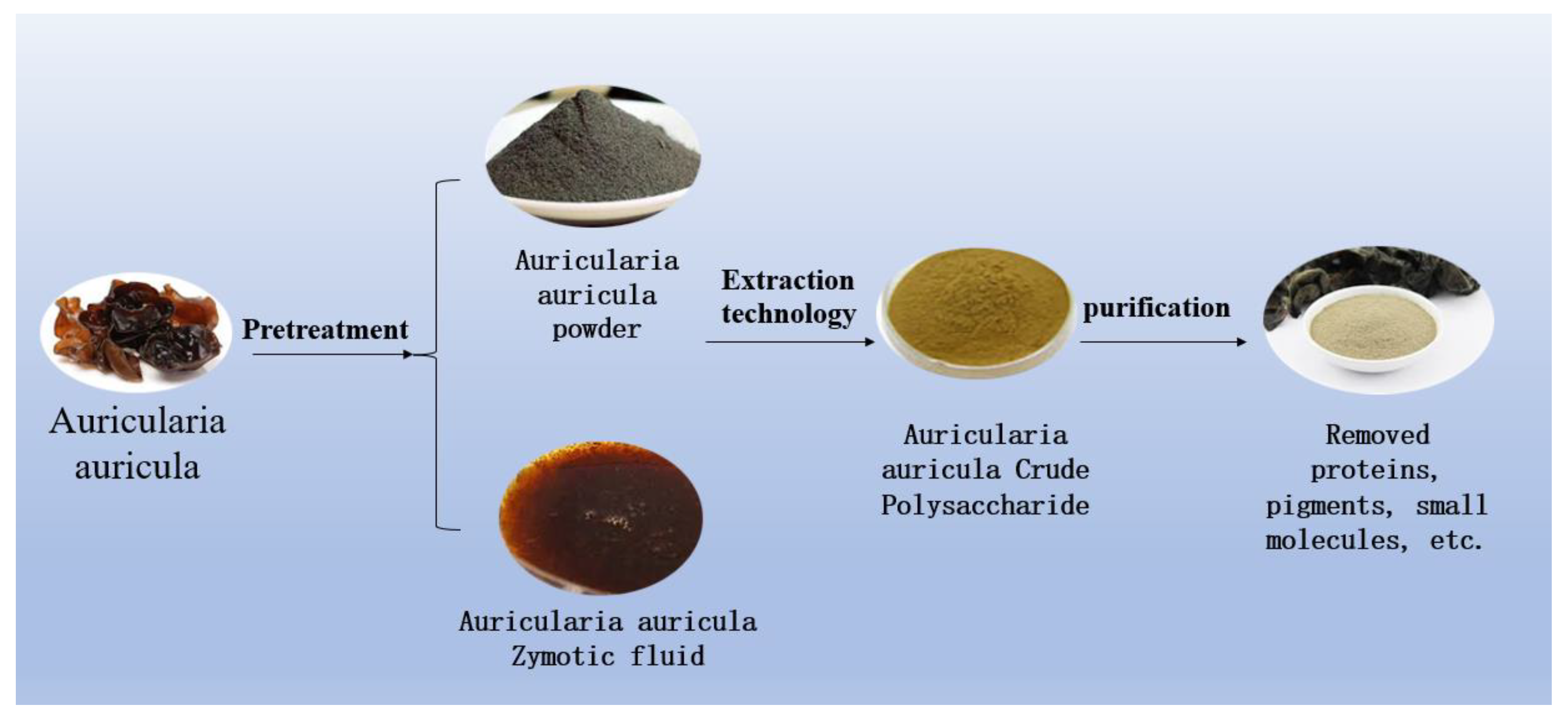
Figure 3. Auricularia auricula has two types of handling for raw materials.
3. Separation and Purification
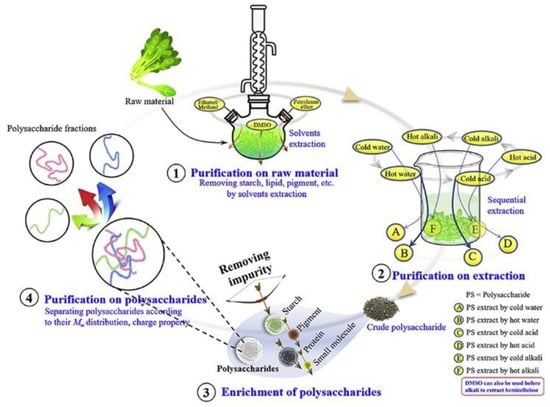
Figure 4. The purification process of polysaccharides.
3.1. Concentration Grading Method
2.1. Concentration Grading Method
This method mainly takes advantage of the fact that the solubility of different polysaccharides in different concentrations of organic solvents is different. The solubility of polysaccharides with larger molecular weights in ethanol or acetone are less than it is of those with a smaller molecular weight [46]. Therefore, the molecular weight of the product can be controlled by adjusting the concentration of the organic solvent. This is usually done in the following manner: While stirring, a high concentration of anhydrous ethanol is slowly added to the solution of the polysaccharide mixture to reach a final concentration of 25% ethanol (v/v). After the addition of ethanol, the solution is left for 2 h and then centrifuged to obtain the supernatant and precipitate (which may be referred to as the “first precipitate”). The precipitate is of a high MW polysaccharide grade. While stirring, ethanol is slowly added to the supernatant to reach a final concentration of 35% ethanol (v/v). The solution is left for 2 h and then centrifuged to obtain the supernatant and precipitate (which may be referred to as the “second precipitate”). The second precipitate is also a polysaccharide fraction, but its MW is lower than the first precipitate. The step-down process can be carried out further, depending on circumstances. The key to graded precipitation is to avoid co-precipitation as much as possible. The concentration of the polysaccharide mixture should not be too high, the ethanol should not be added too fast, and the pH of the solution should be near neutral. The lower the concentration of polysaccharide solution, the weaker the co-precipitation effect and the better the purification effect. However, if the polysaccharide concentration is too low, the recovery of the polysaccharide will be reduced and the consumption of ethanol will be greatly increased. Usually, the concentration of polysaccharide in the mixture is adjusted from 0.25% (w/v) to 3% (w/v) before using this method [47][48][49][50][47,48,49,50]. The concentration grading method is commonly used in the research and development of polysaccharide nutraceuticals because it is much easier than column chromatography.3.2. Column Chromatography Method
2.2. Column Chromatography Method
Column chromatography is the most widely used method for the purification of polysaccharides. Several methods of column chromatography are described, as follows:32.2.1. Macroporous Resin
Macroporous adsorption resin is used to selectively adsorb organic substances from the solution by physical adsorption so as to achieve separation and purification. Its physical and chemical properties are stable; it is insoluble in acids, bases, and organic solvents, has good selectivity for organic substances, and it is unaffected by the presence of inorganic salts and strong ions, low molecular compounds, and swelling in water and organic solvents by the adsorption of solvents. The adsorption of macroporous resin relies on the van der Waals gravitational force between it and the adsorbed molecules (adsorbent), and works through its huge specific surface for physical adsorption, so that organic compounds can be separated by a certain solvent elution according to the adsorption force and its molecular weight size to achieve different purposes such as separation, purification, de-hybridization, and concentration. Macroporous resin can remove proteins, flavonoids, and pigments from polysaccharide solutions [51][52][53][54][51,52,53,54].32.2.2. Cellulose Column Chromatography
Cellulose is a common filling material in columns. First, after waiting for swelling, activation is performed using 0.5 mol/L NaOH with 0.5 mol/L HCL solution; the cellulose in the column is equilibrated with NaCL solution, and then the polysaccharide is loaded onto the cellulose column for purification. Afterwards, the cellulose columns are eluted separately using an eluent so that different polysaccharide levels can be continuously eluted [46]. Polysaccharides can be separated according to different molecular weights or acid-based groups. In the elution process, the various polysaccharide fractions undergo several dissolution and precipitation processes in the cellulose column, and can eventually be separated from each other. This method can be called the “graded dissolution method”, which is basically the opposite of the graded precipitation method. Due to the high number of theoretical plates in the cellulose column chromatography, the purity of the eluate is higher [55]. However, the disadvantage of this method is the low flow rate and the long period of time required. The flow rate seems to be too low, especially for highly viscous acidic polysaccharides.32.2.3. Gel Column Chromatography
Gel column chromatography is based on the size and shape of polysaccharide molecules, i.e., the molecular sieve principle, to separate polysaccharides. This chromatographic method is widely used for the separation and purification of polysaccharides. In general, the crude polysaccharides obtained are first purified using macroporous resin and cellulose chromatography, and are then further purified using gel column chromatography. Commonly used gels are various types of Sephadex, Sepharose, Bio gels, and later Sephacryl, Superdex, and Superose. The eluents are salt solutions and buffers of various concentrations.4. Physiological Activity and Product Development of Polysaccharides of Auricularia auricula
4.1. Physiological Activity of Auricularia auricula
4.1.1. Regulation of Intestinal Flora
The intestinal flora is essential for maintaining host health by regulating cellular activity and the immune system. According to previous studies, it is associated with leukemia infection [56], small bowel colitis [57], ischemic stroke [58], obesity [59], and a number of other harmful conditions. According to the research, as shown in Figure 5, there are as many as 51 metabolites regulated by Auricularia auricula polysaccharide, which are mainly concentrated in the arginine biosynthesis pathway, followed by the arginine and proline, glycine, serine, and threonine, glycerophospholipids, and sphingolipid metabolic pathways [60]. These pathways can lower total and LDL cholesterol levels and alter the composition of the intestinal flora. The relative abundance levels of Lactobacillus johnsonii, Weissella cibaria, Kosakonia covanii, Enterococcus faecalis, Bifidobacterium animalis, and Bacteroides uniformis are significantly upregulated, while Firmicutes bacteria m10-2 are downregulated. The biological activity of AAP may be related to the regulation of the endogenous metabolism and intestinal flora composition. Zhang et al. [8]. found that A. auricular upregulated the high-abundance SCFA-producing genus Bacteroides and Paraprevotella in a dietary fiber-rich diet, while AAP could better enrich several lower-abundance SCFA-producing bacteria, such as Flavonifractor and Clostridium IV.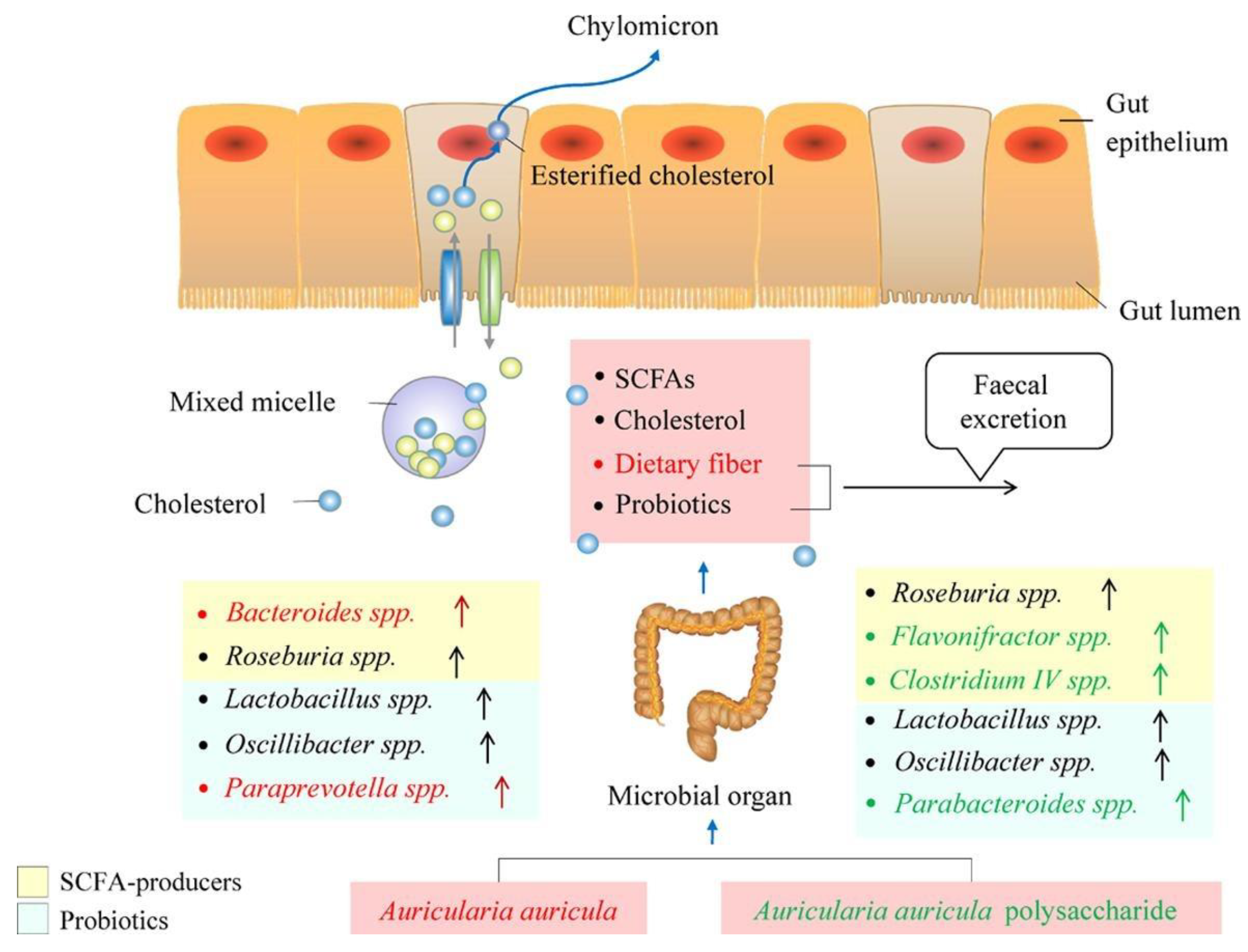
Figure 5. Mechanism of Auricularia auricula polysaccharides.
